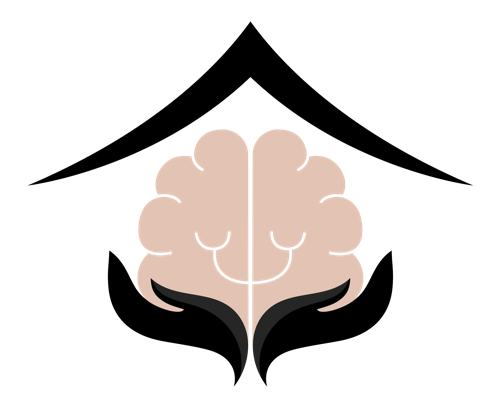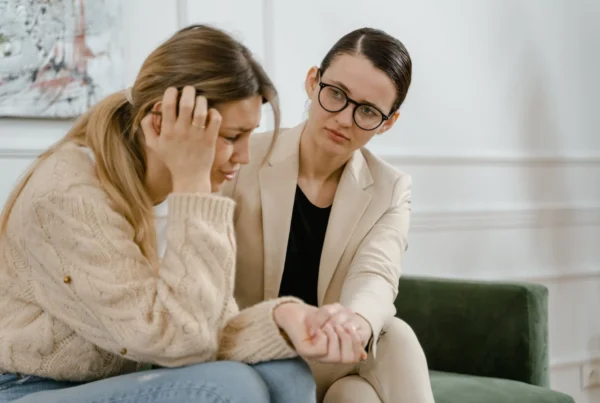Some individuals who suffer from depression find themselves with limited options to alleviate their symptoms. Standard treatments may not always yield positive results, leading them to try unconventional methods like ketamine therapy. While the traditional administration of ketamine is through an IV at a doctor’s office, at-home ketamine treatments have become more popular. However, many people tend to have misconceptions about this treatment method. Let’s debunk some of these common misconceptions regarding at-home ketamine therapy.

At-Home Ketamine Therapy is Unsafe
The first misconception people tend to have about at-home ketamine therapy is that it is unsafe. Contrary to this belief, at-home ketamine treatments can be safer than IV infusions. IV infusions in medical facilities require monitoring, and the ketamine dosage cannot be quickly adjusted, leading to unsafe side effects in some cases. In at-home treatments, individuals are monitored and can adjust their dosage themselves, resulting in safer administration.
At-Home Treatments are Unprofessional and Unregulated
Another misconception is that at-home ketamine therapy is unprofessional and unregulated, with a higher chance of scamming or fraudulent activity. However, many at-home ketamine therapy providers operate under strict regulatory bodies, ensuring the authenticity and safety of the treatment. The healthcare professionals behind at-home treatments also follow strict guidelines, providing consistent therapies to patients.

At-Home Treatments Produce Risky Results
Some people have concerns that at-home ketamine therapy will produce risky results. This is not entirely true. At-home treatments provide a more intimate and controlled environment for the individual receiving the treatment. It can improve outcomes by allowing the patient to relax in a familiar setting and adjust to the dosage more efficiently.
At-Home Treatments are Expensive
Many assume that at-home ketamine therapy is significantly more expensive than standard treatments. Still, the cost of at-home treatments is similar to that of other options. The cost takes into account the medication, supplies, and healthcare professionals involved in the treatment process. The costs may be significantly lower considering the amount of mental relief provided to patients through an at-home treatment approach.
At-Home Treatments are a Permanent Fix
Many believe that at-home ketamine treatments permanently relieve their depressive symptoms. Nevertheless, as with any mental health condition, there are no permanent solutions, and patients must continue to monitor their symptoms and seek continued treatments. At-home ketamine therapy can be a tool in the patient’s arsenal to help manage their depression, but it should not be the sole treatment method.

In conclusion, at-home ketamine therapy is a viable and safe option for treating anxiety and depression symptoms. It is crucial to dispel common misconceptions about at-home treatments to make the treatment option available and accessible to all individuals who would benefit from this process. With more people debunking misconceptions and learning the truth about at-home ketamine therapy, more people with depression can access a safe and effective method to alleviate their symptoms.



